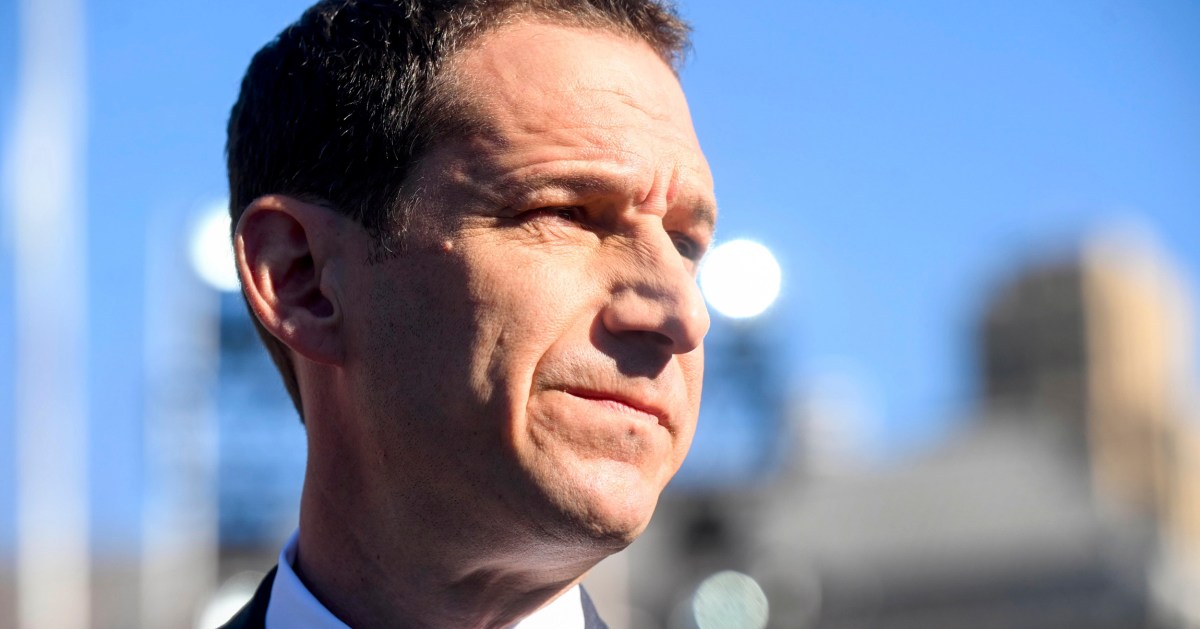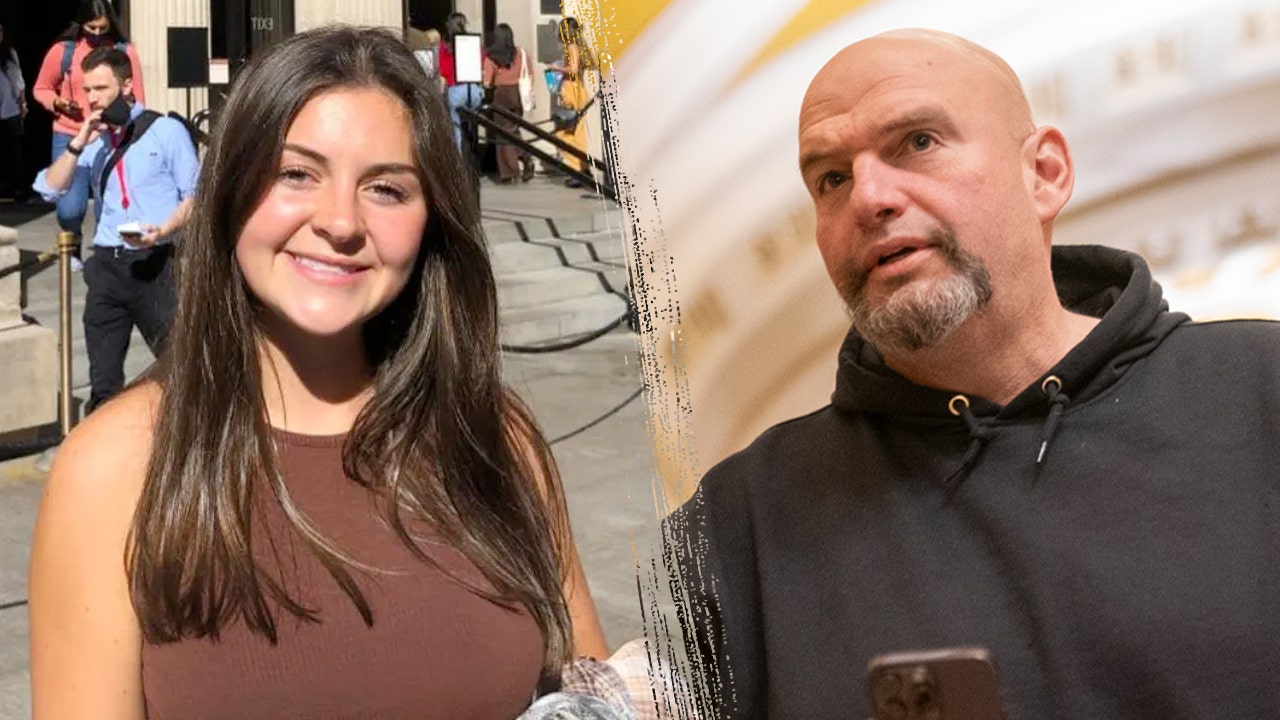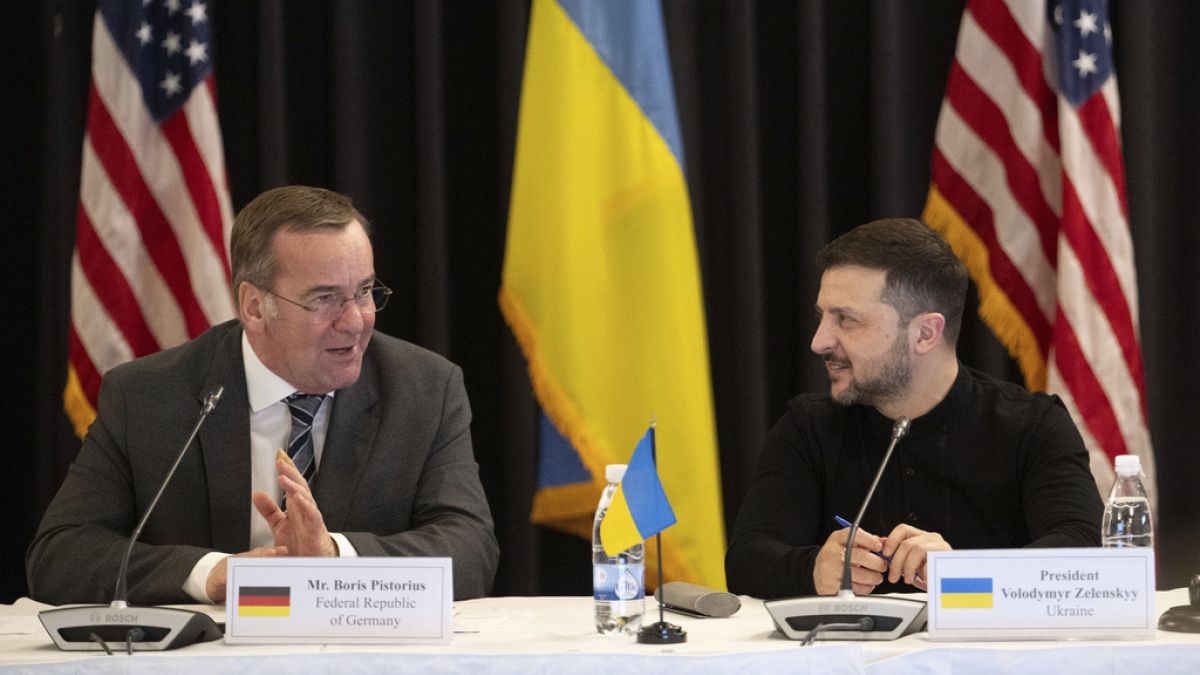Maryland
Terps fans might not notice new first-down clock rule, but Maryland’s coach is wary of its effect

The NCAA rule change that drew the most notice in the offseason might go mostly unnoticed by fans once the college football season is underway.
For the first season since 1967, the clock will continue to run, as it does in the NFL, when a team makes a first down on a play that ends inbounds rather than stopping until the chains are set and the referee signals ready for play. The exception is during the last two minutes of the second and fourth quarters.
The primary rationale for the change was to cut the number of plays to reduce players’ potential injury exposures, national supervisor of officials Steve Shaw said — not to necessarily shorten the nearly 3 1/2 hours it takes to play the average game.
The importance of limiting exposures will grow as more teams play in the College Football Playoff. The playoff goes from four to 12 teams in the 2024-25 season, and further expansion is possible after that.
The NCAA Football Rules Committee projects that the new rule will trim seven or eight plays from the average of about 180 per game in 2022. An eight-play reduction over a 12-game season would save 96 potential injury exposures per team, and there would be over 100 fewer exposures for teams that advance to the playoff.
The new rule will be used on every NCAA level except Division III, which was granted a request to delay its implementation until 2024.
Shaw said he expects consternation about the rule to wear off much like changes to blocking-below-the-waist rules did last year. The blocking rule drew initial outcry from coaches, Shaw said, but the transition went smoothly and the net result has been fewer lower-body injuries.
“No one is going to look up in the middle of the first quarter or middle of the second and say, ‘They didn’t stop the clock on a first down and that just ruined this drive. That’s just awful,’” Shaw said. “It’s just one of those things that will disappear, and when you get your final numbers at the end, you may see seven plays less in a game that no one would have known at all.”
A couple other changes address pace of play. One bars a team from calling consecutive timeouts during the same dead-ball period. The second eliminates playing an untimed down when a penalty occurs as time expires in the first and third quarters. The play following the penalty will carry over to the following quarter.
Coaches’ opinions vary on how much it will impact games.
Maryland’s Mike Locksley and North Carolina’s Mack Brown are worried fewer plays will cut down on opportunities for backups who need development.
“Unlike the NFL, we’ve got 85 scholarship players, 120 in our program and they all want to play,” Locksley said.
Of course, the way a game unfolds usually determines the number of snaps for reserves, with more available when the score isn’t close.
TCU, for example, had 10 of its 15 games last season decided by 10 points or less. It had no starting defensive linemen play fewer than 590 plays from scrimmage, according to Pro Football Focus, and only two D-line backups got 100 snaps.
Georgia had two of its 15 games decided by 10 points or less, and no starting defensive lineman was on the field for more than 531 plays. Eight backups got at least 100 snaps.
Oklahoma State’s Mike Gundy said the new first-down clock rule will allow teams to more easily protect leads in the fourth quarter if they are effective running the ball. Gundy’s offseason emphasis was to upgrade his run game, which ranked ninth in the Big 12 last season, and the new rule adds urgency.
“If you can’t rush the ball, and you have to throw passes and the pass is incomplete, the clock stops,” Gundy said. “The new rule allows us to effectively rush the ball and use the clock if we want to.”
Texas’ Steve Sarkisian said his players, especially quarterbacks, will need to heighten their awareness about potential clock management changes late in second and fourth quarters.
Central Florida’s Gus Malzahn, Clemson’s Dabo Swiney, Pittsburgh’s Pat Narduzzi and Oklahoma’s Brent Venables said they expect the rule to make no tangible difference.
Then there’s Big Ten coordinator of football officials Bill Carolla, who joked that the guys on the chain crews will notice the difference more than anyone.
“They’re old, broken down players or officials who just want a front row seat to see coaches,” Carolla said, “so they’re going to have to get down there a little bit quicker.”
(© Copyright 2022 The Associated Press. All Rights Reserved. This material may not be published, broadcast, rewritten or redistributed.)

Maryland
Chilly temps stick around with light snow Friday in Maryland

Watch CBS News
Be the first to know
Get browser notifications for breaking news, live events, and exclusive reporting.
Maryland
Alert Day for dangerous cold, more snow ahead in Maryland

Watch CBS News
Be the first to know
Get browser notifications for breaking news, live events, and exclusive reporting.
Maryland
Victory over Maryland caps a successful sweep on USC’s first big East Coast trip in the Big Ten

COLLEGE PARK, Md. — JuJu Watkins and Southern California figured to do a lot of traveling in the Trojans’ first season in the Big Ten.
So far, so good.
No. 4 USC completed a two-game eastern sweep Wednesday night, handing No. 8 Maryland its first loss, 79-74. The victory came after the Trojans decimated Rutgers 92-42 on Sunday.
“We’ve been on the East Coast now for like four days,” Watkins said. “It’s freezing.”
Perhaps that explained Watkins’ spotty shooting. She went 7 for 19 from the field and turned the ball over eight times, eventually fouling out in the final minute. She scored 21 points, her lowest output in nearly a month.
But USC outscored Maryland 18-6 to end the game. Kiki Iriafen also scored 21.
“We just kind of have this unwavering confidence in ourselves,” Watkins said. “It was just a matter of coming together and closing the game out.”
The Trojans have already logged quite a few miles. They beat Mississippi in Paris in November. Last month they traveled to Connecticut and beat UConn.
This trip was a multigame journey that USC handled pretty well. Coach Lindsay Gottlieb said she’s still learning the rhythm of a new league.
Related Stories JuJu Watkins scores 21 as No. 4 USC tops No. 8 Maryland 79-74, handing the Terps their first lossNo. 8 Maryland improves to 13-0 with a 78-61 victory over Rutgers; Iowa and USC up next for TerpsJuJu Watkins scores 21, No. 6 USC downs Oregon 66-53 in Big Ten opener
“The Pac-12 was two games in a weekend, Friday-Sunday and everyone’s doing the same thing. Now we’re like, ‘Wait, who’s playing who when?’” she said. “It’s really different for us, and so as coaches we’re trying to process all that and keep things as normalized for the team as possible.”
It’s also an opportunity for USC to play in areas less familiar with the Trojans. It was their first matchup with Maryland since 1995, and the game drew 14,735.
“It’s just platforms for them that we have never had before, and that’s a really positive thing. It’s up to us and my administration and me to make it as seamless as possible for them,” Gottlieb said. “We’ll go anywhere and play. I think our players have proven that.”
-

 Business1 week ago
Business1 week agoThese are the top 7 issues facing the struggling restaurant industry in 2025
-

 Culture1 week ago
Culture1 week agoThe 25 worst losses in college football history, including Baylor’s 2024 entry at Colorado
-

 Sports1 week ago
Sports1 week agoThe top out-of-contract players available as free transfers: Kimmich, De Bruyne, Van Dijk…
-

 Politics1 week ago
Politics1 week agoNew Orleans attacker had 'remote detonator' for explosives in French Quarter, Biden says
-

 Politics7 days ago
Politics7 days agoCarter's judicial picks reshaped the federal bench across the country
-

 Politics5 days ago
Politics5 days agoWho Are the Recipients of the Presidential Medal of Freedom?
-

 Health4 days ago
Health4 days agoOzempic ‘microdosing’ is the new weight-loss trend: Should you try it?
-

 World1 week ago
World1 week agoIvory Coast says French troops to leave country after decades


















